-
新■■面孔
SITUASIAN
-
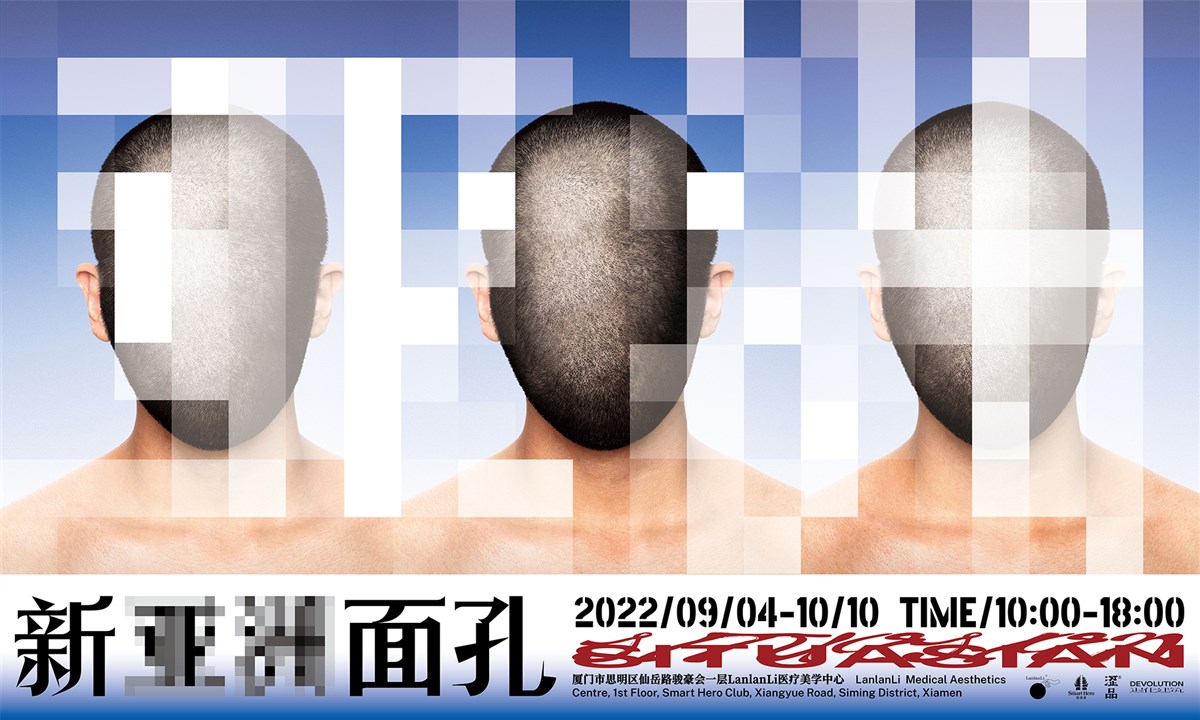
-
SITUASIAN
Nowadays the East and the West are in a process of fragmentation and all-around flow and penetration. It is also a process that collectivist "Asian" and the mystical "Oriental" are gradually demystified. Thus, it is doomed to fail if we still try to define a face with "Asia".
The word "SITUASIAN" is coined to describe the chaotic current situation in Asia. Those Asians who are discriminated against because their faces are part of "SITUASIAN", while western youths who are deeply influenced by K-POP are also part of it. When we are still arguing about what is more Asian, slender eyes, high cheekbones, or the stereotyped plastic faces, "Asia" itself has become different mosaic pixel units, representing rich and open semantics. Therefore, if the masks are removed, the face should not only be free from the shackles of "Asia", but also get rid of the moral and aesthetic domination of color, race, and culture, to carry individual differences in perceptions, consciousness, and gender identity, to regain the right to aesthetics judgment. "The fundamental differences of people are written on the body. I am different from you because my body is different from yours."
In this way, the individual reconstruction of faces is the source of "new" in "New Asian Faces". In this sense, "new" is not even a concept of time.
This exhibition is intended to present such a scene of retrieving the "new" from the chaotic state. The work of different artists stacks the chaotic "Asia", while the venue itself, a medical aesthetic institution, provides an appropriate context: the reconstruction of the face (or body) above the chaos relies on the technology that takes full control of the aesthetic verdict power, or the awareness of each individual to be seen through the filter of technology and return to what Nietzsche and Deleuze called "positive vitality production" by discovering the valued and emphatic bodies. These are two completely different paths to the "new", and I think that's why the "new Asian face" that Lanlanli promotes is alway.新▇ ▇面孔
SITUASIAN
今天的东西方处在一个各自破碎并全方位流动和渗透的过程当中,它同时也是集体主义的“亚洲”和带有神秘主义色彩的“东方”逐渐祛魅的过程,所以如果我们今天还试图用“亚洲”去定义一张脸,注定是失效的。
“SITUASIAN”这个生造的单词,正是用来描述这种混沌的亚洲现状,那些因面孔被歧视的亚裔是“SITUASIAN”的一部分,那些深受K-POP影响的西方青少年,同样也是它的一部分。当我们还在为细长眼高颧骨和千人一面的整容脸谁才更亚洲争得不可开交时,“亚洲”自身已经破碎成为一个个不同的马赛克像素单元,代表了一个个丰富和开放的语义。所以如果摘掉口罩,面孔不仅应该摆脱“亚洲”的束缚,还应该摆脱肤色、种族、文化对它的道德和审美宰制,去承载观念、意识、性别认同的个体差异,夺回审美裁决权。“人的根本性差异铭写在身体之上,我和你不同,是因为我的身体和你不同”。
这样看来,一张张面孔的个体重构,才是“新亚洲面孔”里是“新”的来源,这个意义上,“新”甚至不是一个时间概念。
这个展览正希望展现这样一个在混沌状态中检索出“新”的场景。不同艺术家的作品堆叠了混沌的“亚洲”,而展览的场地本身——一个医疗美学机构,则提供了一个恰如其分的语境:混沌之上的面孔(或身体)重建,是技术完全掌控审美裁决权,还是让每一个个体透过技术的滤镜,发现各自不被意识所贬低也不受忽视的身体,让身体回到尼采和德勒兹所说的“积极的活力生产”?这是“新”的两个完全不同的路径,我想也是lanlanli所宣传的“新亚洲面孔”后面总跟着一个问号的原因。 -

Artist: Jeong Hur
-
Since 2020, the outbreak of covid19 has been keeping us isolated from the external world by a thin mask for three years. The mask that covers half of one’s face ostensibly alleviates the differences in terms of facial features, skin colors, and ethnicity. We are in an illusion that half-disguised faces all belong to one human community, when in fact, to the contrary, the global crisis has backfired and we have retreated to a world shattered by the symbolism of skin color, race, and culture. 新▇ ▇面孔
SITUASIAN
2020年covid19的大爆发,让我们在接下来的三年,都由一层薄薄的口罩与世界隔离。这个遮蔽了半张脸的口罩让人类看起来更像一个共同体了,在视觉上,它缓解了脸和脸、肤色和肤色、种族与种族之间的差异,但在其他的更多地方,却让面孔退回了面孔的世界——那个肤色、种族、文化的象征意涵当中。 -
Besides these re-established boundaries, we have to reflect on the age-old questions: to identify the beginning of a culture, a social group, a part of history, or an ideology through faces. If we could only throw back and realize that the “face” has almost succeeded in stripping itself from these symbolic meanings and completing its own commodification. 在各种重新树立的边界里,我们不得不重新去面对那些有关面孔的古老问题:通过一张脸,去辨认一种文化、一个族群、一段历史或一种思想的源头,要知道在这之前,面孔差一点点就要成功从这些意义里剥离,完成自身的商品化建构了。 -

Artist: PENN
-
However, this is not to say that covid19 and masks alone have brought transformation. Before 2020, conservatism, surprisingly a by-product of economic globalization, has already risen globally. Some 30 years ago, almost all developing countries regarded economic globalization in the post-Cold War era as a monster, believing that it would create a more thorough rupture between core countries and the periphery, which is essentially another kind of neocolonialization. As the periphery, developing countries would be sacrificed anyway. Whilst nowadays, the momentum seems to be reversed, with conservatism rising in western developed countries. Workers in developed countries who have higher demands for welfare and labor rights realized that when a large number of manufacturing industries flow to developing countries, they become the suffered stratum. On one hand, there is a group facing a harsher environment with global competitors; on the other hand, there is another group that makes more money from bigger markets. The contradiction between these two eventually evolved into a contradiction between nationalism and globalism. 但这种转变不是covid19和口罩带来的,在2020年之前,保守主义就已经在全球掀起浪潮,很难想象这同样是经济全球化的副产品。早在30年前,几乎所有发展中国家,都将后冷战时代的经济全球化视作猛兽,认为它将更彻底地造成“中心”和“边缘”的断裂,本质上是另一种新殖民主义,而作为“边缘地带”的发展中国家只能沦为牺牲品。但现在,情况似乎反过来了,保守主义最先从西方发达国家发难。对福利、劳工权益有着更高诉求的发达国家工人们发现,当大量制造业流向发展中国家,他们成了受伤的一方,需要同更多人竞争的群体和赚更多人钱的群体的矛盾,最终演化成民族主义者和全球主义者的矛盾。 -

Artist: PENN (right) / Jeong Hur (left)
-
This transfer of manufacturing is not so much a developing country phenomenon as it is an Asian phenomenon. Because of the comprehensive advantages of population size, labor cost, education level, and government mobilization ability, Asia unprecedently benefited from the Hyper globalization. In the past few decades, with the growth and mobility of the economy, and the massive inflow of "Made in China", "Made in Indonesia", and "Made in Vietnam" goods, the cultural aspect of Asia has also penetrated the social life of the Western world. 这种制造业的转移与其说是“发展中国家”现象不如说是一个“亚洲”现象1,因为人口规模、劳力成本、教育水平、政府动员能力各方面的综合优势,亚洲占据了这场超级全球化(Hyper globalization)受益者的中心位置。这数十年里,伴随经济的增长和流动性,伴随着“中国制造”、“印尼制造”、“越南制造”商品的大量流入,文化界面的亚洲也渗透进西方世界的社会生活当中。 -
The enthusiasm and cultural gaze toward bubble tea, Japanese animation, BTS, and BLACKPINK that is taking place in the Western world is exactly a historical analogy to our obsession with McDonald's and Coca-Cola in the early 1990s. But the imagination for Asia nowadays is no longer the oriental imagination of Marco Polo, it is not an East that is detached from the West, not to mention “Asia” is not an integrated concept itself. “Asia” becomes the result of popular culture, food, religion, and family convention, just as a seed that has penetrated and sprouted by means of impact, coexistence, blending, and appropriation, some of which even derives from observation, absorption, and reconstruction of classical Western culture. 此刻正发生在西方世界的对珍珠奶茶、日本动漫、防弹少年团、BLACKPINK的商品热情与文化审视,与90年代初我们对于麦当劳、可口可乐的如出一辙。但今天的这种“亚洲”,已经不是马可波罗的那个东方想象,不是一个离心于“西方”的东方,也不是一个整体的亚洲,而是用流行文化、饮食、宗教、家庭观念等不同面貌,以冲击、共存、交融、鸠占鹊巢等方式渗透和发芽的东方种子,其中的一部分,还是更早之前亚洲对西方文化审视、吸收、再造的结果。 -
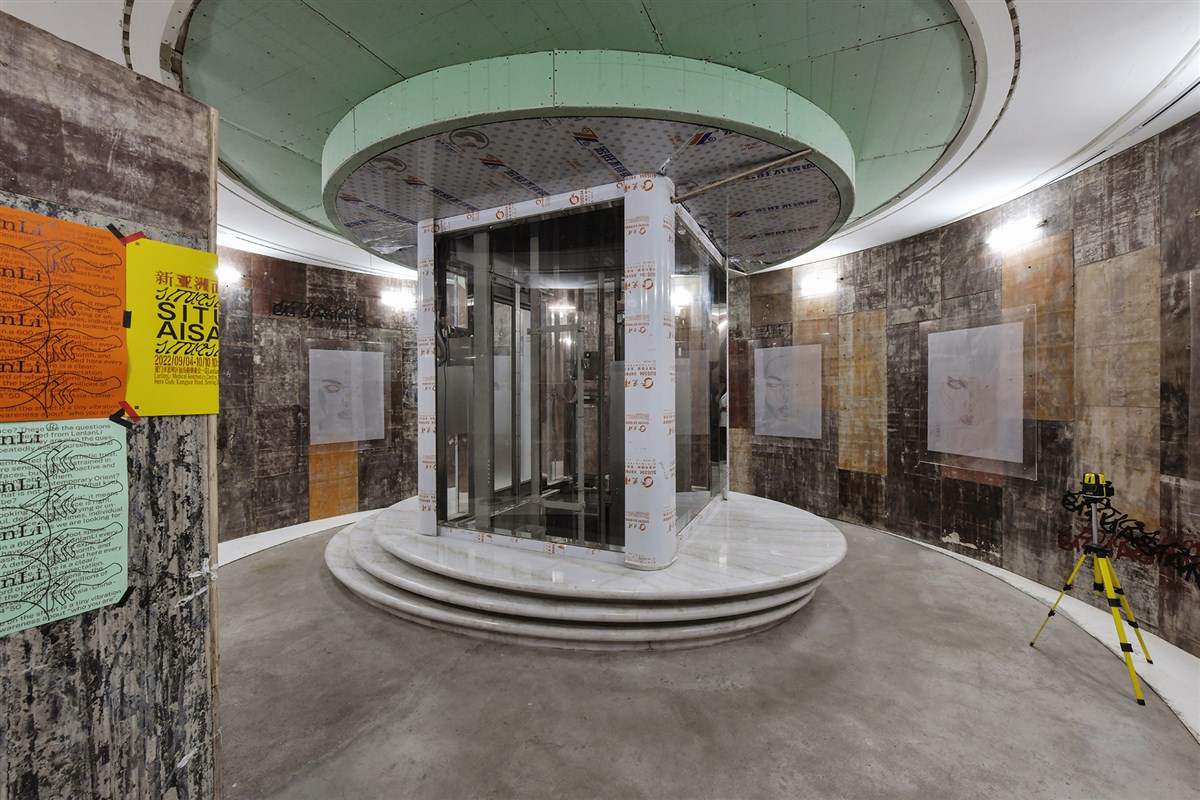
-
Clash of Civilizations in the post-Cold War era did appear, unlike Huntington’s prophecy, the East and the West were not two snowballs getting bigger and bigger, instead, they kept breaking down and both shattered in daily cultural conflict. Conflict decomposes into countless smaller conflicts, and a grand finale decomposes into a lingering struggle that seeps into everyday life. It can be said that such a fragmented and interactive flow and penetration is also a process of gradually disenchanting collectivism "Asia" and the mystic "Oriental". Therefore, if we still try to define "Asia" by a homogenous face, we are doomed to fail. 亨廷顿的后冷战文明冲突预言已经展现,但和他预想不同的是,东西方这两颗雪球非但没有越滚越大,反而不断分解,在现实文化冲突中双双碎裂,“一场大的冲突分解成无数小的冲突,一场总决赛分解成渗入日常生活的延绵斗争”2。可以说,这样一个破碎并全方位的流动和渗透过程,也是集体主义的“亚洲”和带有神秘主义色彩的“东方”逐渐祛魅的过程,所以如果我们今天还试图用“亚洲”去定义一张脸,注定是失效的。 -
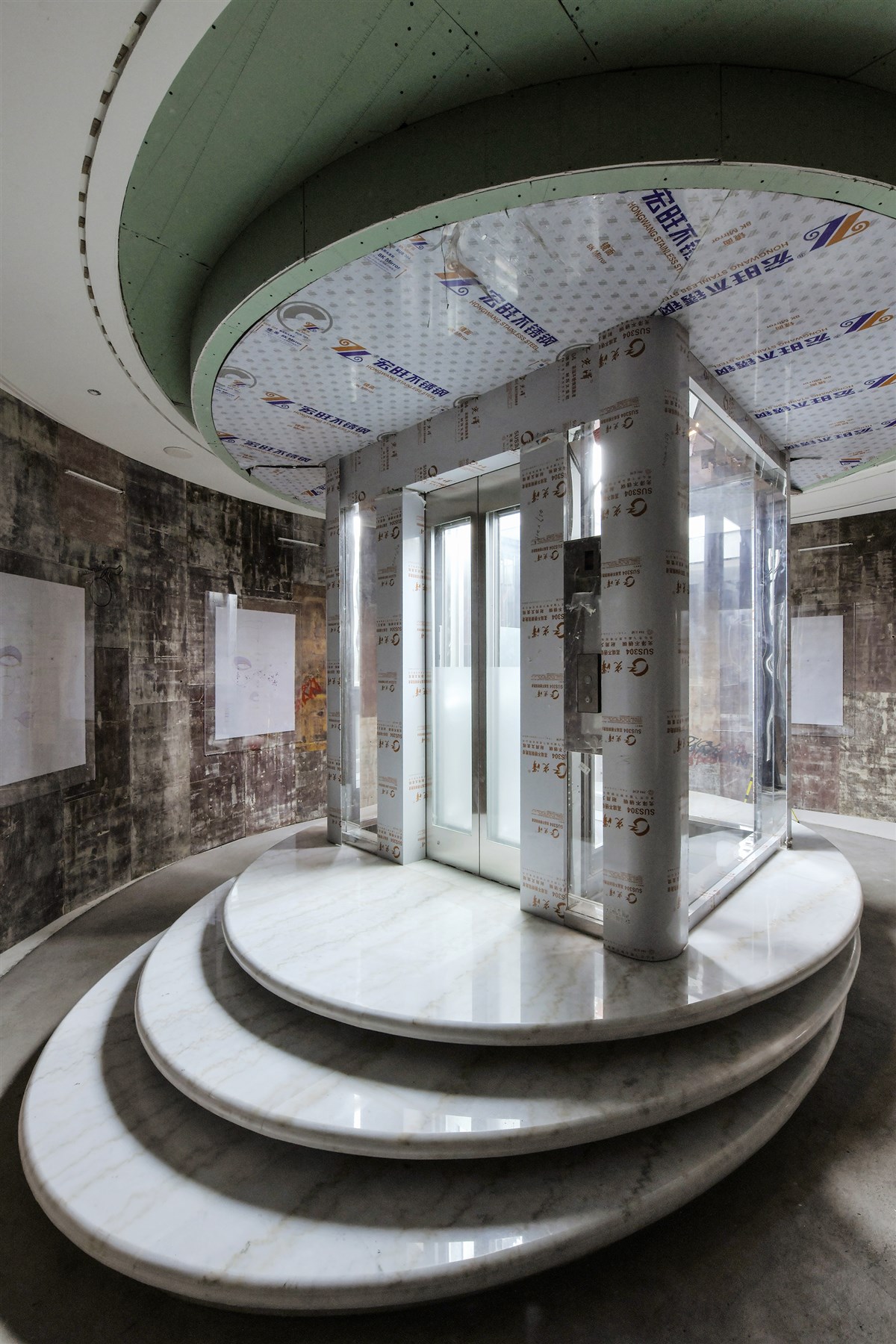
-
We coined the word "SITUASIAN" to describe this chaotic situation in Asia. Those Asians who are discriminated against because of their facial features are part of "SITUASIAN", meanwhile, those Western teenagers who are deeply influenced by K-POP are also part of "SITUASIAN". When we are still fighting over who is more Asian, either with slender eyes and high cheekbones or a cosmetic homogeneity face, the concept "Asia" has been broken into mosaic pixel units, representing divergent and open semantics. So, if one takes off his or her mask, the face revealed should get rid of all preoccupied definitions of "Asia". It should also get rid of the moral and aesthetic control encompassed by color, race, and culture. It should take back its defining right and judgment in aesthetics, which bears individual differences in ideas, consciousness, and gender identity. “The fundamental differences of people are written on the body. I am different from you because my body is different from yours." “SITUASIAN”这个生造的单词,正是用来描述这种混沌的亚洲现状,那些因面孔被歧视的亚裔是“SITUASIAN”的一部分,那些深受K-POP影响的西方青少年,同样也是它的一部分。当我们还在为细长眼高颧骨和千人一面的整容脸谁才更亚洲争得不可开交时,“亚洲”自身已经破碎成为一个个不同的马赛克像素单元,代表了一个个丰富和开放的语义。所以如果摘掉口罩,面孔不仅应该摆脱“亚洲”的束缚,还应该摆脱肤色、种族、文化对它的道德和审美宰制,去承载观念、意识、性别认同的个体差异,夺回审美裁决权。“人的根本性差异铭写在身体之上,我和你不同,是因为我的身体和你不同”。3 -
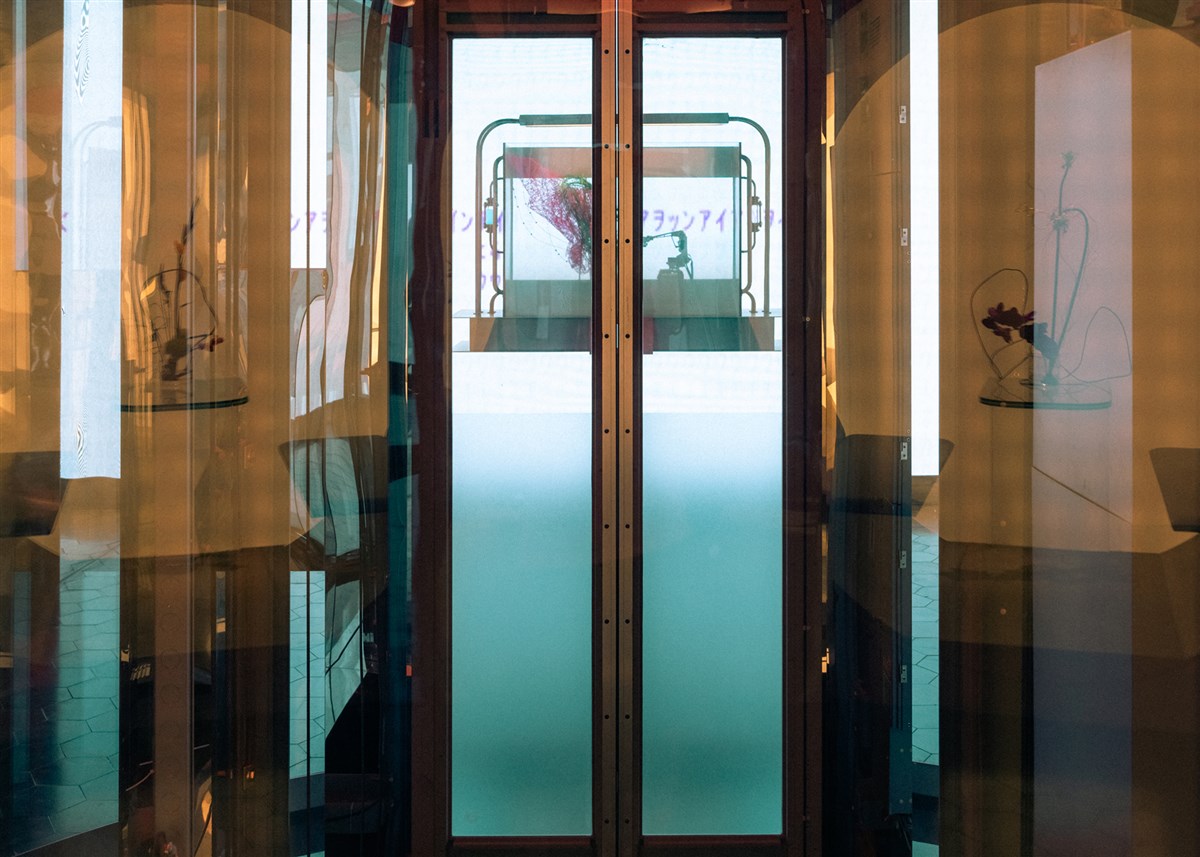
-
In this way, each individual reconstruction of faces is the source of "new" in "New Asian Faces". In this sense, "new" does not refer to the concept of time.
This exhibition hopes to present such a scene of retrieving the "new" in the chaotic state. The work of different artists aggregates the chaotic "Asia". The exhibition venue, a medical aesthetic institution, provides an appropriate context: the reconstruction of the face (or body) across the chaos is the victory for technology that takes full control of the aesthetic definition, or each individual can discover his or her own body that is neither devalued nor neglected by consciousness through the filter of technology so that the body can return to what Nietzsche and Deleuze called "positive vitality production"? These are two completely different paths to "new", and I think that's why the "new Asian face" advertised by Lanlanli is always followed by a question mark.
"Aesthetics is of course a world where all forces play freely"这样看来,一张张面孔的个体重构,才是“新亚洲面孔”里是“新”的来源,这个意义上,“新”甚至不是一个时间概念。
这个展览正希望展现这样一个在混沌状态中检索出“新”的场景。不同艺术家的作品堆叠了混沌的“亚洲”,而展览的场地本身——一个医疗美学机构,则提供了一个恰如其分的语境:混沌之上的面孔(或身体)重建,是技术完全掌控审美裁决权,还是让每一个个体透过技术的滤镜,发现各自不被意识所贬低也不受忽视的身体,让身体回到尼采和德勒兹所说的“积极的活力生产”?这是“新”的两个完全不同的路径,我想也是lanlanli所宣传的“新亚洲面孔”后面总跟着一个问号的原因
“审美当然是一个诸力自由嬉戏的世界”4
王琦
2022.7.18
________________________________
1/2 《可能性的艺术》,刘瑜
3/4 《身体、空间与后现代性》,汪民安 -

Artist: Zhazha Zhang
-

Artist: Shuwan
-
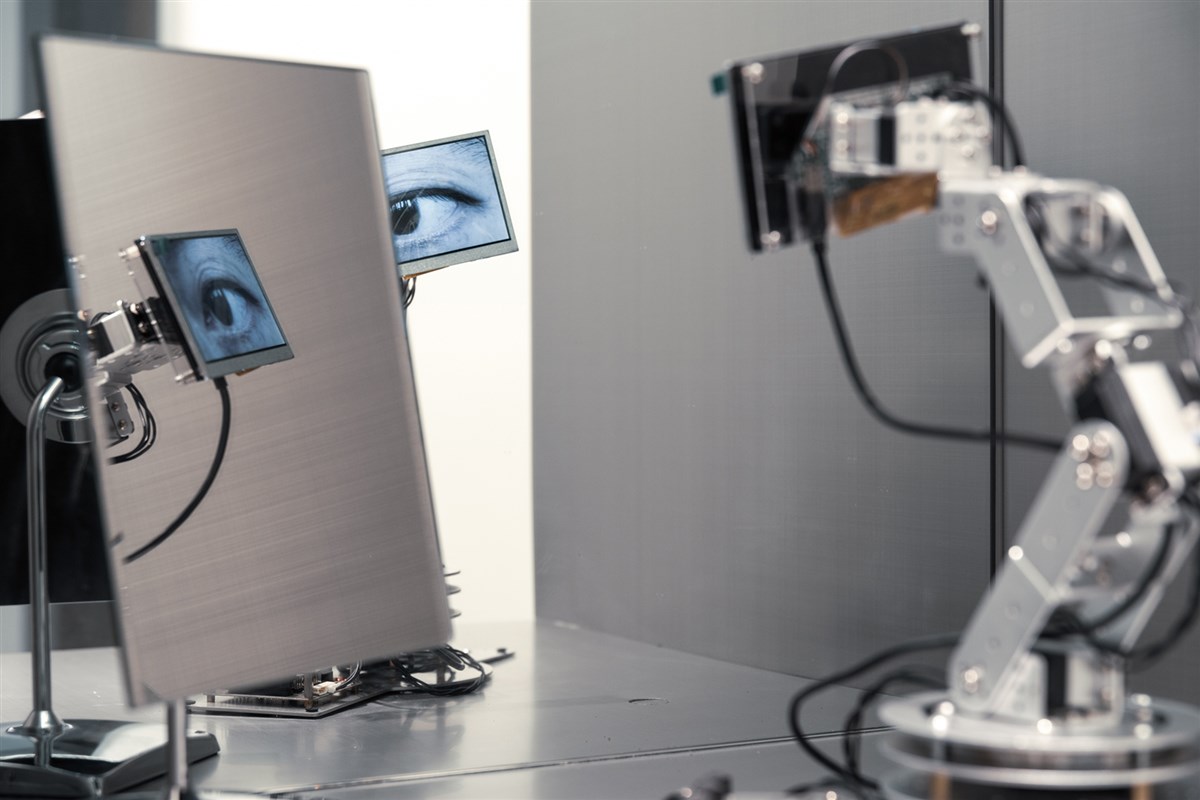
Artist: Qiu Yu
-
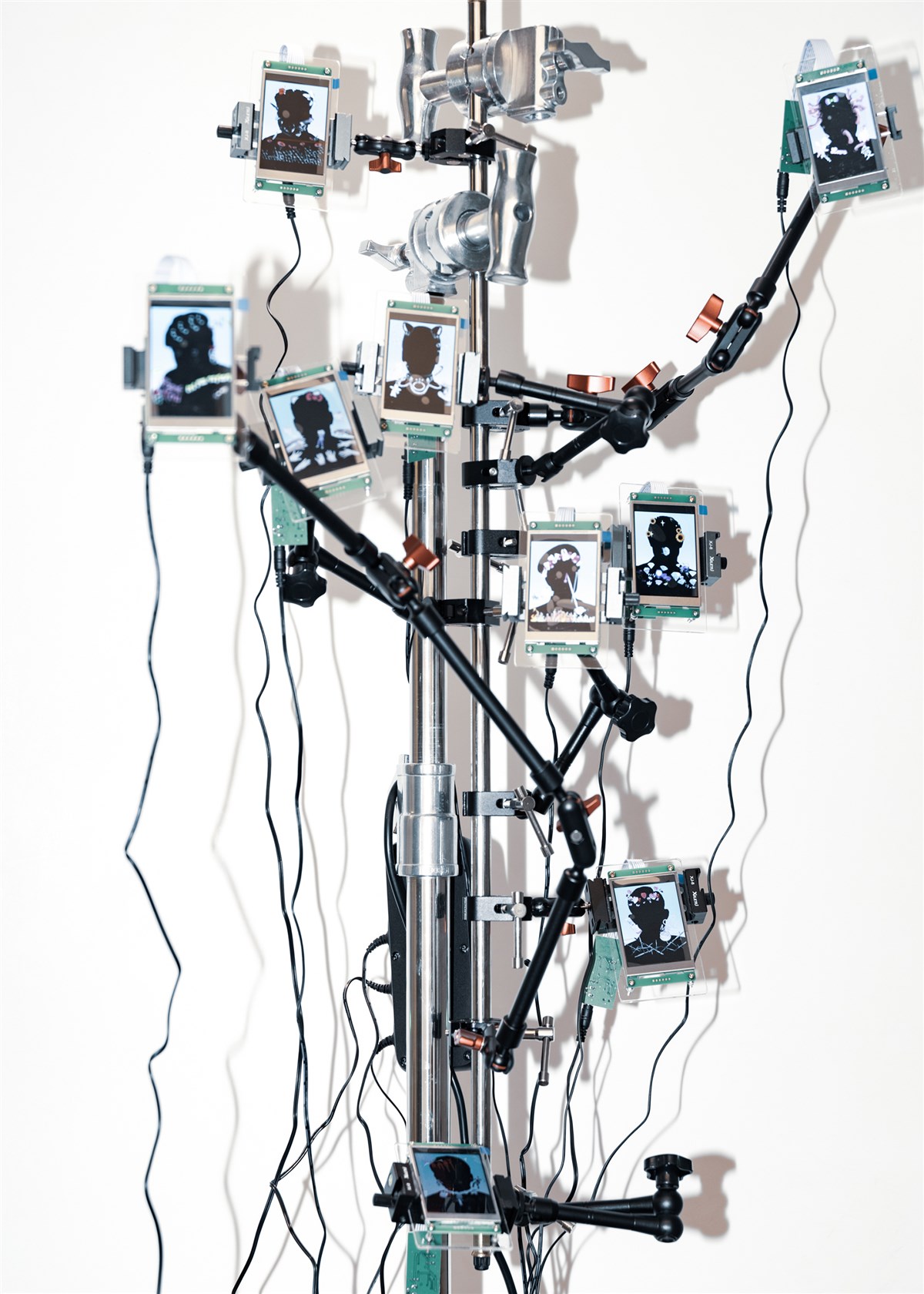
Artist: KAKI
-

Artist: KAKI
-
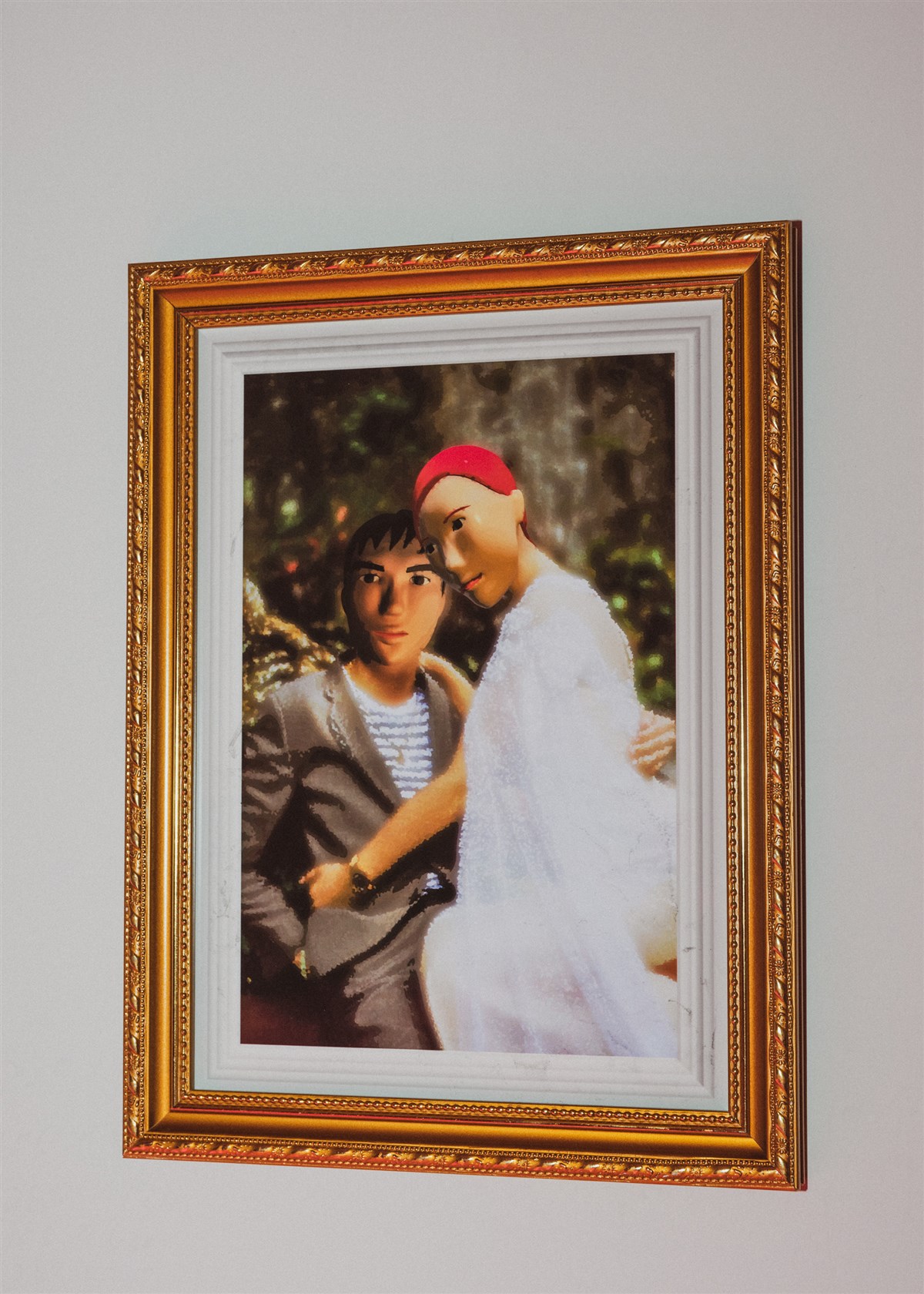
Artist: Qinru Zhang
-
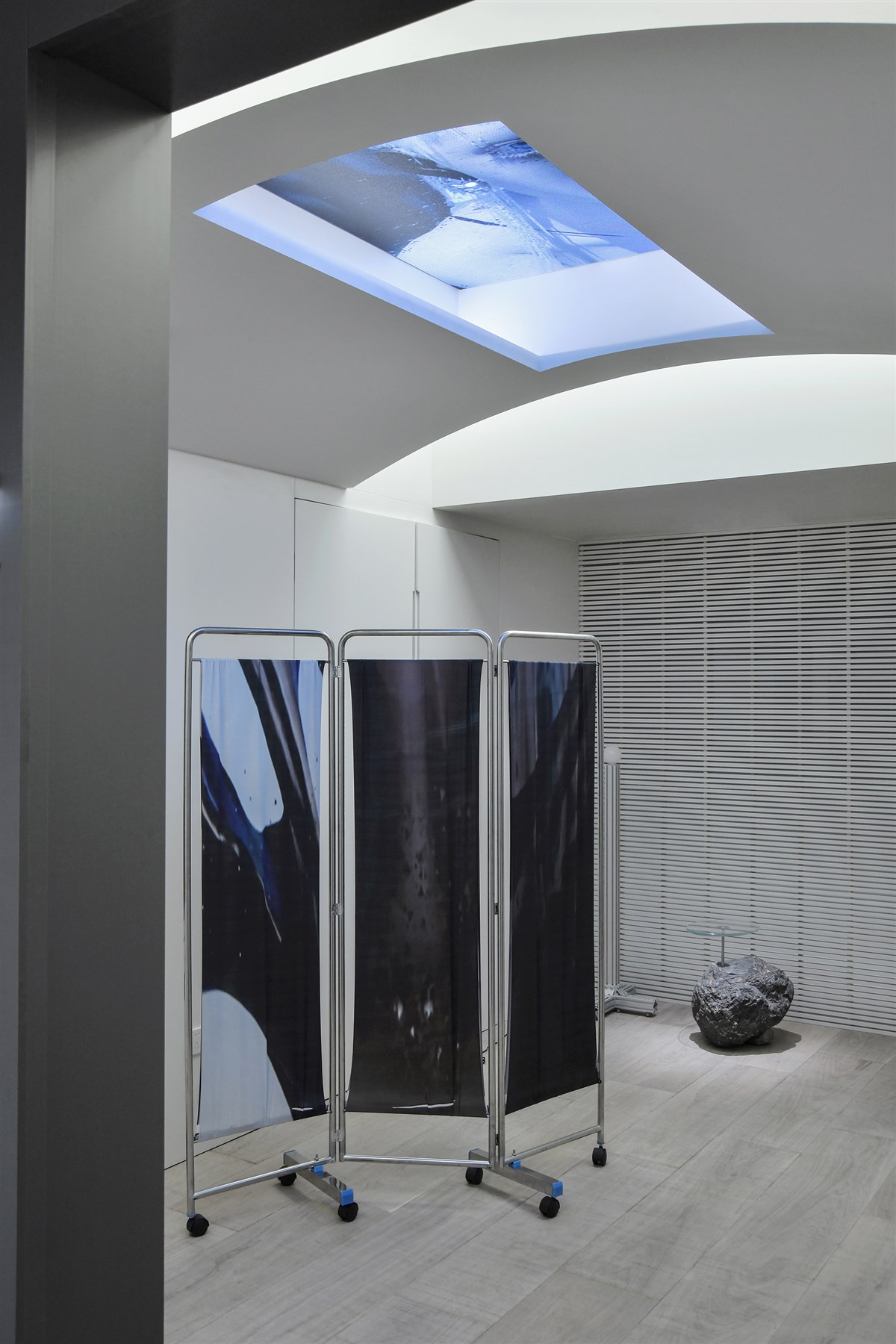
Artist: Jing Xu
-

Artist: KAKI
-
Curatorial team: DEVOLUTION
Artists: Jeong Hur / 王鹏 Penn / 陈溢 Yi Chen / 刘桐雨 TongYu Liu / 范纪晨 FAN Jichen / 张峥 Zhazha Zhang / KAKI / 陈蜀婉 Shuwan / 张沁茹 Qinru Zhang / Jing Xu
Graphic design: tan小7
Photo: Yi Chen
Produced by: LanlanLi Medical Aesthetic Center策展团队: 退化建筑
艺术家: Jeong Hur / 王鹏 Penn / 陈溢 Yi Chen / 刘桐雨 TongYu Liu / 范纪晨 FAN Jichen / 张峥 Zhazha Zhang / KAKI / 陈蜀婉 Shuwan / 张沁茹 Qinru Zhang / Jing Xu
平面设计: tan小7
现场拍摄: 陈溢
出品方: LanlanLi醫療美學中心 -
